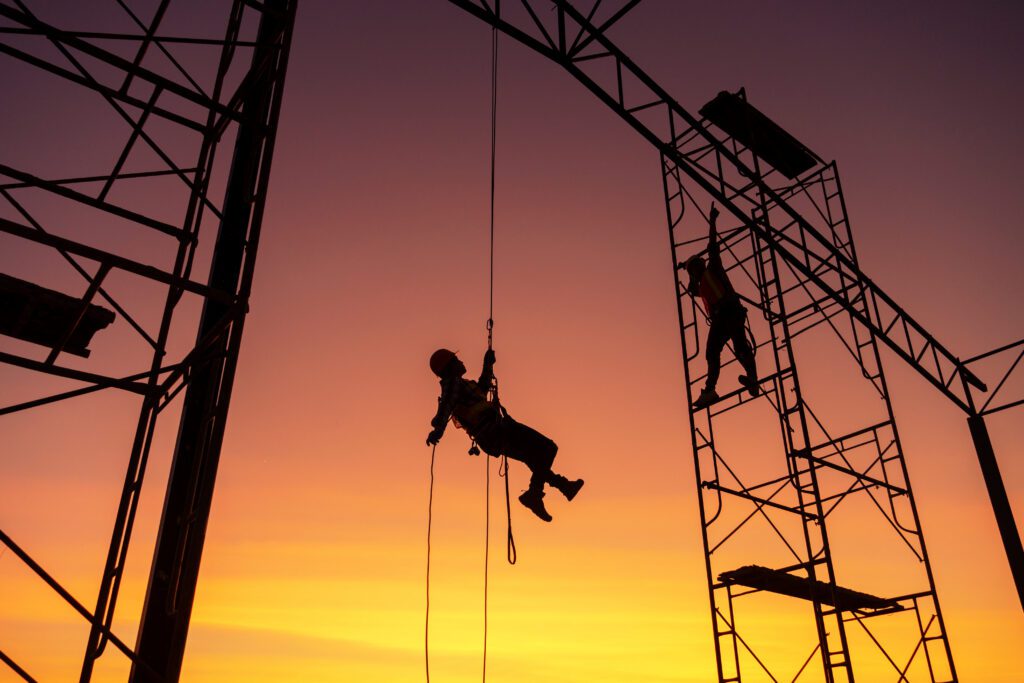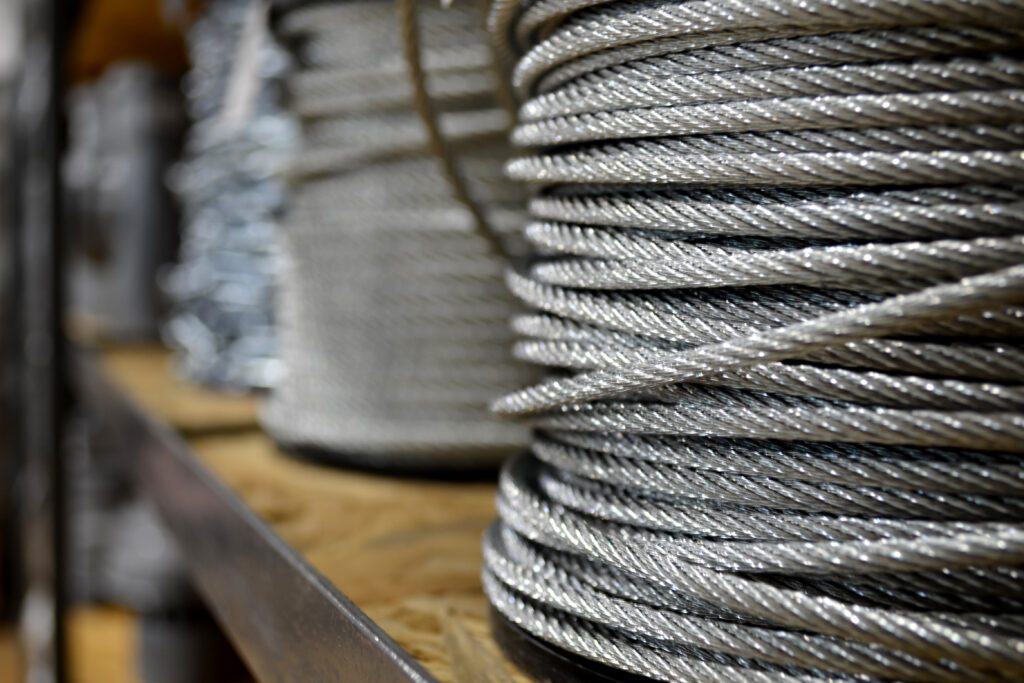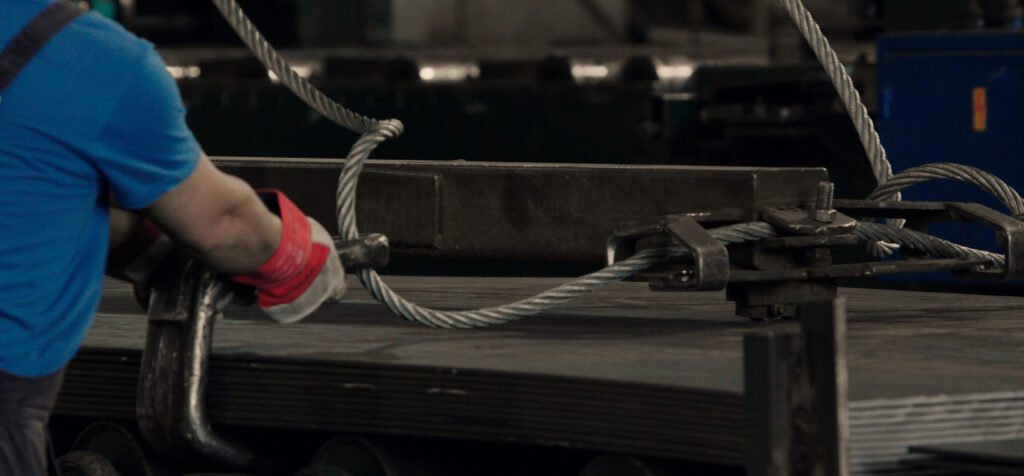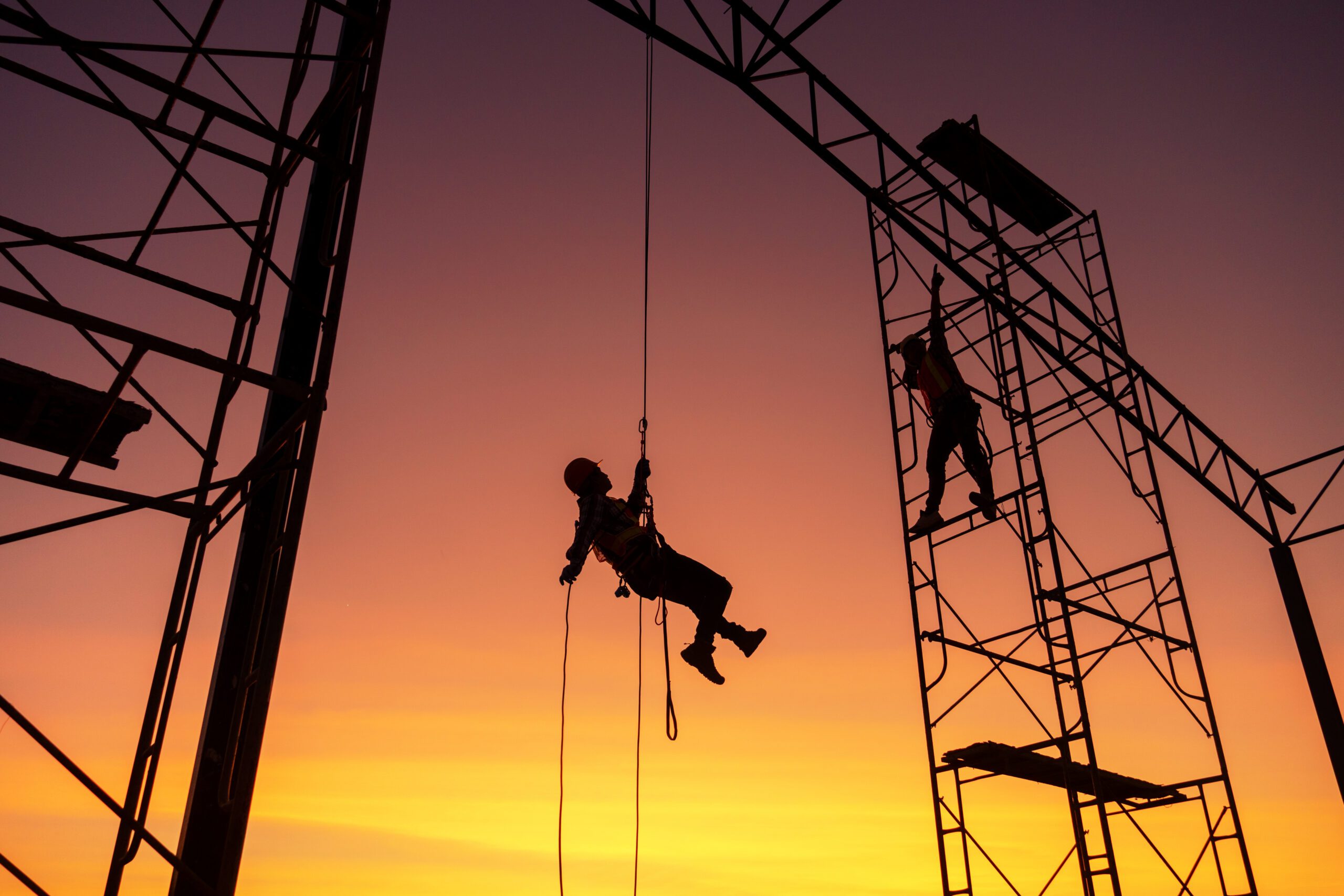Safety Tips for Using and Working with Wire Rope

Steel wire rope is the backbone of heavy-duty hoisting, rigging and hoisting equipment, appreciated for its strength, flexibility and durability. Construction workers, rigging experts, safety trainers, architects and civil engineers know the importance of this material in ensuring the safety and efficiency of their operations. No matter how strong, steel wire rope can pose significant risks if the utmost care is not taken. This lengthy blog post examines vital guidelines and best practices for working safely with steel wire rope, equipping professionals with knowledge that can prevent accidents and injuries, ultimately improving workplace safety.
Introduction: Highlighting Safe Practices
In the high-risk environments common to many of our readers, security is not just a priority, it is a principle. When it comes to working with steel wire rope, safe practices are non-negotiable. Neglecting the necessary precautions when working with wire rope can lead to devastating consequences not only for the employees directly involved, but also for the reputation and regulatory position of the companies they represent. This article aims to reinforce the importance of security in such environments and provide clear ways to avoid risk.
Understanding Steel Rope

Steel wire rope is a complex, engineered product made from multiple metal strands woven together. It is preferred due to its exceptional load-carrying capacity, resistance to abrasion and high tensile strength. Its applications in all sectors, from construction to maritime, are as diverse as they are vital. Understanding the structure and capabilities of steel wire rope is the basis for safe use.
Composition and Structure of Steel Rope
The design of steel wire rope is robust and complex, consisting of inner cores for support, numerous individual wire strands and protective sheathing. This section will discuss the importance of each component and the role they play in maintaining the integrity of the rope.
Common Applications in Various Industries
From elevators and ski lifts to mining cranes and overhead cranes, steel wire rope is a reliable workhorse. It is the lifeblood of countless operations, and here we will examine some of the most common uses across different industries.
Safety Guidelines for Using Wire Rope

The first step in rope safety is handling the rope. We will provide comprehensive guidance on lifting, transporting and storing steel wire rope without compromising safety.
Correct Lifting and Moving Techniques
Improper lifting can strain muscles and lead to injuries. When the object being lifted is a heavy-duty wire rope, the risks are much higher. This section will outline best practices for proper lifting that ensures the safety of both the worker and the rope.
Preventing Pinch Points and Hand Injuries
The tight weave of wire strands can create unsuspected pinch points. One wrong step can cause serious injuries, such as lacerations to the hands and even partial or complete finger amputation. We'll detail ways to identify and avoid these entrapment hazards.
Use of Gloves, Eye Protection and Other Personal Protective Equipment
Personal protective equipment (PPE) is a shield against known hazards that workers may face. It is very important to pay special attention to PPE for wire rope work and we will cover the necessary equipment such as gloves, eye protection and special clothing.
Safety Precautions for Steel Rope Cutting
At some point, all wire ropes must be cut and terminated correctly. This process can lead to serious accidents if done incorrectly. Here's how to prevent them.
Choosing the Right Tool and Equipment
Using the right tool for the task is a basic safety principle. This section will give advice on the selection and maintenance of wire rope cutting devices, ensuring they are sharp and suitable for the diameter and material of the rope.
Correct Techniques to Prevent Cuts and Accidents
This section will focus on technique, including positioning the rope and operator to prevent the rope from springing or kicking back, which could be dangerous. It will also be emphasized that the rope is cut in a well-ventilated area to prevent inhalation of particles.
Safe Handling and Disposal of Cut Wire Rope
Steel wire rope poses a danger even when cut. Proper use and disposal of residual rope can significantly reduce the risk of injury. The blog will provide safe protocols for these basic steps.
Safety Precautions in Steel Rope Installation
After-care and installation are as important as other steps in using wire rope. Errors here can lead to premature wear or catastrophic failure. Here's how to ensure a safe installation.
Proper Inspection and Evaluation Before Installation
Thoroughly inspecting wire rope before use can reveal potential weaknesses or damage. This section will guide readers on what signs to look for and how to decide whether a rope is suitable for its intended use.
Ensuring Proper Tension and Load Capacity
It is very important to make sure the rope is under the correct tension for its particular application. We will discuss measurement methods and the results of both over-tension and under-tension.
Fixing and Anchoring Techniques
The final steps concern securing the ropes. Incorrect fixing may cause slipping, creating dangerous situations. We will discuss the different types of anchors and how to make the most of them for safe operations.
Case Studies and Real Life Examples
Nothing underscores the importance of these guidelines more than real-world examples. We will present stories of disasters prevented by following safety rules and, unfortunately, incidents that highlight the cost of neglecting safety.
Highlighting Accidents and Injuries Caused by Misuse
These cautionary tales are a powerful reminder of what is at stake. We will analyze the reasons behind the incidents and highlight how adhering to safety measures can prevent them.
Showcasing Success Stories Regarding the Implementation of Security Measures
On the other hand, success stories also show the positive effects of security protocols; for example, how they make it easier to complete projects on time without compromising security.
Conclusion
Steel wire rope is a powerful tool that demands respect. By following these comprehensive safety guidelines, professionals can protect themselves, their colleagues, and their organizations from the dangers lurking within seemingly benign wire ropes. Remember, security is a practice, not a state, and should be the pillar on which all operations are built.
Why Choose Samas Wire Ropes?
- Uncompromising Quality: Our steel wire ropes are precision manufactured for unmatched strength and durability.
- Rust Resistance: Our wire ropes, made of high quality steel, provide superior resistance to corrosion and ensure longevity in any environment.
- Versatile ApplicationsSuitable for a wide range of applications from marine rigging to architectural installations, our wire ropes offer reliability and performance.
- Low Maintenance: Our steel wire ropes, which require minimum maintenance, are easy to maintain and save time and effort.
- Expert Service: Our knowledgeable team is dedicated to providing exceptional service by helping you find the perfect wire rope solution for your needs.
- Competitive pricing: Enjoy competitive pricing without sacrificing quality, making our steel wire ropes a cost-effective choice for any project.
- Trusted Reputation: With years of experience, we have gained a reputation for excellence and reliability in delivering the best quality wire ropes.
- Satisfaction Guaranteed: Your satisfaction is our priority. If you are not completely satisfied with your purchase we will work to make it right.
Experience the strength and reliability of Samas Wire Ropes for your next project. For long-lasting superior performance, choose Samas.


Comments are closed